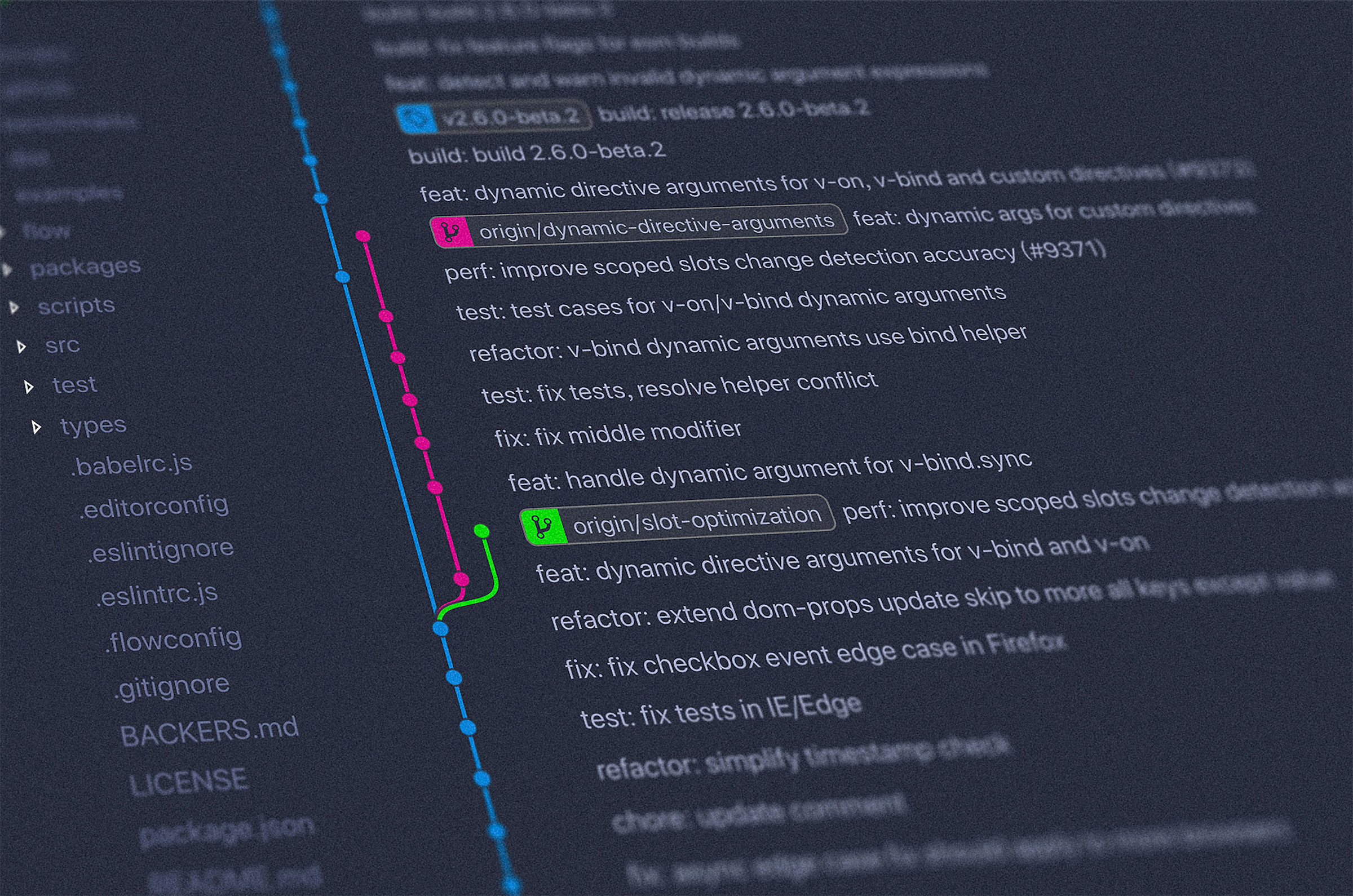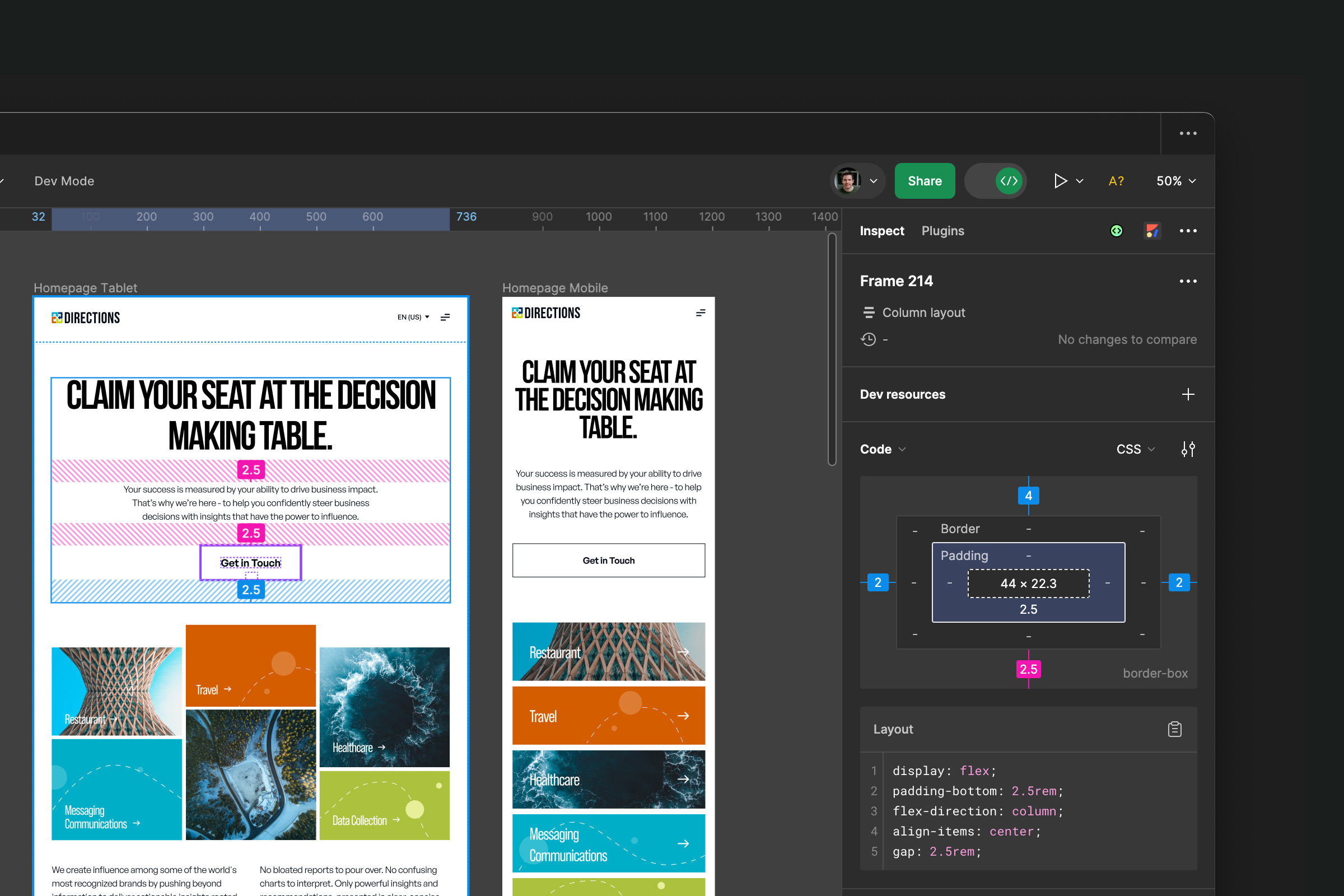What is technical SEO?

As website competition intensifies, it becomes increasingly important to implement effective strategies that improve a website's visibility in search engine results. One such strategy is technical SEO, a process that focuses on optimizing websites and servers to enhance search engine crawlers' ability to index and rank web pages efficiently.
To embark on a successful technical SEO journey, it is essential to navigate through the complexities and intricacies of this field. A comprehensive checklist can serve as a valuable resource to ensure that all critical aspects are addressed. In this blog post, we will explore the fundamental components of technical SEO, highlight the latest trends in the industry, discuss the differentiation between technical SEO and other types of SEO, delve into essential elements of a technical SEO checklist, introduce leading experts in the field, and provide insights into the future of technical SEO.
Understanding technical SEO and search engine visibility.
Technical SEO encompasses two very fundamental aspects that contribute to optimizing a website for search engine visibility. Let's explore these aspects in detail:
Crawling and indexing
At the core of technical SEO lies the process of crawling and indexing. Search engine crawlers, also known as bots or spiders, navigate through websites, following links and analyzing content. The ability of crawlers to access and index a website's content is vital for organic rankings. To facilitate this, it is crucial to ensure that search engines can easily access, crawl, and index your website's content.
XML sitemaps
XML sitemaps act as roadmaps for search engine crawlers, providing valuable information about a website's structure and content. By creating and submitting XML sitemaps to search engines, you can assist them in understanding the organization and hierarchy of your website, ultimately leading to more effective crawling and indexing.
Technical SEO vs. other types of SEO
While technical SEO is a critical component of overall SEO, it is essential to understand its differentiation from other types of SEO practices. Let's explore the distinctions between technical SEO, on-page SEO, and content SEO:
Technical SEO
Technical SEO primarily focuses on optimizing the technical aspects of a website to improve its visibility in search engine results. It involves enhancing website architecture, ensuring proper indexing and crawling, and optimizing various technical elements such as page speed, mobile-friendliness, structured data markup, and URL structures.
On the technical side, ensuring that search engines can effectively crawl and index your website's content is of utmost importance. This helps search engines understand the relevance and value of your web pages, ultimately leading to higher rankings.
On-page SEO
On-page SEO, also known as on-site SEO, revolves around optimizing individual web pages to enhance their visibility and relevance in search engine rankings. This includes optimizing content, meta tags, header tags, internal linking, and other on-page elements.
The objective of on-page SEO is to align the content and structure of web pages with relevant keywords, making it easier for search engines to comprehend the context and purpose of the page. By optimizing on-page elements, you improve the overall relevance and quality of your content for both search engines and users.
Content SEO
Content SEO focuses on optimizing the content on your website to make it valuable, informative, and relevant to your target audience. It involves conducting keyword research, creating high-quality content, optimizing meta descriptions and titles, and ensuring proper keyword placement within the content.
Content SEO aims to provide valuable information that aligns with user intent and search queries. By understanding the interests and needs of your target audience, you can create content that satisfies their queries and establishes your website as a valuable resource.

Latest trends in technical SEO
The world of SEO is constantly evolving, and staying up-to-date with the latest trends is crucial for maintaining a competitive edge. Let's explore some of the emerging trends in technical SEO:
1. Core Web Vitals
In an effort to prioritize user experience, Google introduced Core Web Vitals as a set of key metrics that assess website performance. Core Web Vitals measure aspects such as loading speed, interactivity, and visual stability. Websites that provide a seamless and fast browsing experience are more likely to rank higher in search engine results. To ensure your website meets Core Web Vitals requirements, you should optimize factors like page speed, mobile responsiveness, and user interactions.
2. Mobile-first indexing
With the significant rise in mobile device usage, Google has shifted to mobile-first indexing. This means that Google primarily considers the mobile version of a website's content for indexing and ranking purposes. To optimize for mobile-first indexing, it is crucial to have a mobile-friendly and responsive website design. Ensuring that your website displays properly and functions seamlessly on mobile devices will help improve its visibility in search engine results.
3. Artificial intelligence (AI) and machine learning
Artificial intelligence and machine learning are revolutionizing the field of SEO. Search engines are utilizing
AI algorithms to better understand user intent and deliver more relevant search results. By analyzing user behavior patterns, search engines can refine their algorithms and improve the accuracy of search results. As an SEO practitioner, it is important to adapt your strategies to align with AI-driven algorithms and leverage the power of machine learning to enhance your website's visibility.
4. Sustainable indexing and crawling
In recent years, search engines have also started to consider the environmental impact of their operations. Google, for instance, has committed to making indexing and crawling more sustainable. This involves finding ways to reduce energy consumption and carbon emissions without compromising the efficiency of their processes. As a website owner, it is beneficial to stay informed about sustainability practices and ensure that your website's technical SEO efforts align with environmentally conscious indexing and crawling methods.
Essential elements of a technical SEO checklist
To navigate the complexities of technical SEO successfully, it's important to have a comprehensive checklist that covers all the essential elements. By following a technical SEO checklist, you can ensure that your website is optimized for search engines and delivers a seamless user experience. Let's explore the key elements of a technical SEO checklist:
1. Update page experience and Core Web Vitals
As mentioned earlier, Core Web Vitals play a significant role in determining your website's performance in search engine rankings. It's crucial to regularly assess and improve your website's page experience metrics, such as loading speed, interactivity, and visual stability. Optimize your website by minimizing server response time, compressing images, and leveraging browser caching techniques. Additionally, ensure that your website is mobile-friendly and responsive across various devices.
2. Crawl your site and fix any crawl errors
Search engine crawlers need to access and crawl your website's pages to index them. It's essential to regularly check for crawl errors using tools like Google Search Console or Bing Webmaster Tools. Identify any crawl errors, such as broken links, redirects, or server errors, and take appropriate measures to fix them. By ensuring that search engine crawlers can properly access and crawl your website, you improve its visibility and indexability.
3. Fix broken internal and outbound links
Broken links on your website can negatively impact user experience and hinder search engine crawlers from effectively navigating your site. Regularly audit your website for broken internal and outbound links using tools like Screaming Frog or Ahrefs. Identify and fix any broken links by updating the URLs or removing them altogether. Additionally, ensure that outbound links to external websites are functioning correctly and pointing to relevant and authoritative sources.
4. Optimize website speed and performance
Page speed is a critical factor that affects both user experience and search engine rankings. Slow-loading websites can lead to high bounce rates and lower organic visibility. Optimize your website's speed by minifying CSS and JavaScript files, leveraging browser caching, and optimizing images. Additionally, consider implementing a content delivery network (CDN) to distribute your website's assets and reduce server response time.
5. Ensure mobile-friendliness and responsiveness
With the increasing number of users accessing the web through mobile devices, having a mobile-friendly and responsive website is crucial. Test your website's mobile-friendliness using tools like Google's Mobile-Friendly Test. Ensure that your website's design and content adapt well to different screen sizes and provide a seamless browsing experience across devices. Consider implementing responsive design principles and optimizing touch elements for mobile users.
6. Implement structured data markup
Structured data markup provides additional context to search engines about the content on your website. It helps search engines understand the purpose and meaning of your content, which can result in rich search results and enhanced visibility. Implement structured data markup using schema.org vocabulary to provide structured information about your products, services, articles, events, and more.
There are various types of structured data you can implement, such as organization markup, product markup, FAQ markup, and review markup. By properly implementing structured data, you can increase the chances of your website appearing in featured snippets and other search engine result features.
7. Create and submit XML sitemaps
XML sitemaps provide search engines with a list of all the pages on your website, helping them crawl and index your content more efficiently. It's essential to create and regularly update XML sitemaps, ensuring that they include all the relevant pages on your site. Submit the XML sitemaps to search engines through their respective webmaster tools, such as Google Search Console or Bing Webmaster Tools.
By submitting XML sitemaps, you ensure that search engines can discover and index your website's pages effectively, improving its overall visibility.
8. Improve website architecture and navigation
An SEO-friendly website architecture and navigation structure contribute to better user experience and search engine visibility. Ensure that your website has a logical and intuitive hierarchy, with clear categories, subcategories, and internal linking. Optimize your website's navigation by including descriptive anchor texts, breadcrumbs, and a user-friendly menu structure.
By improving your website's architecture and navigation, you make it easier for search engine crawlers to navigate and understand your site's structure, leading to improved indexation and visibility.
9. Fix duplicate content issues
Duplicate content can confuse search engines and dilute the ranking potential of your webpages. It's crucial to identify and fix duplicate content issues to avoid penalties and maintain a strong organic presence. Use tools like Copyscape or Siteliner to identify duplicate content on your website. Once identified, take measures to consolidate duplicate pages, implement canonical tags, or rewrite the content to provide unique value.
By addressing duplicate content issues, you ensure that search engines can properly index and rank your webpages, maximizing their visibility in search results.
10. Secure your website with HTTPS
Website security is not only important for protecting user data but also plays a role in search engine rankings. Google considers website security as a ranking signal and prioritizes secure websites with HTTPS. Secure your website by obtaining an SSL certificate and implementing HTTPS across all pages.
By securing your website with HTTPS, you provide a safe and trustworthy browsing experience for users while signaling to search engines that your website meets essential security standards.
By implementing these essential elements of a technical SEO checklist, you can navigate the complexities of technical SEO and improve your website's visibility and performance in search engine rankings. Remember to regularly audit and update your technical SEO practices to stay aligned with the latest industry.

Let Magnet be your technical SEO agency
At Magnet, we understand the importance of technical SEO in driving organic traffic and achieving online success. Our team of experienced professionals specializes in providing top-notch technical SEO services to help businesses of all sizes reach their full potential. Contact us today to learn more about how we can help your website rank higher in search engine results.
Also, you can submit your site here for a free SEO audit from our team of experts!






















.jpeg)

.jpg)

.jpg)



.jpg)

